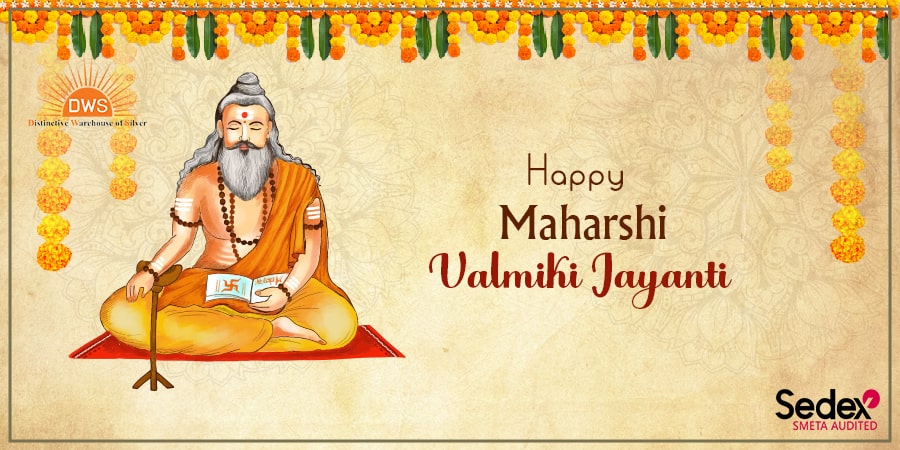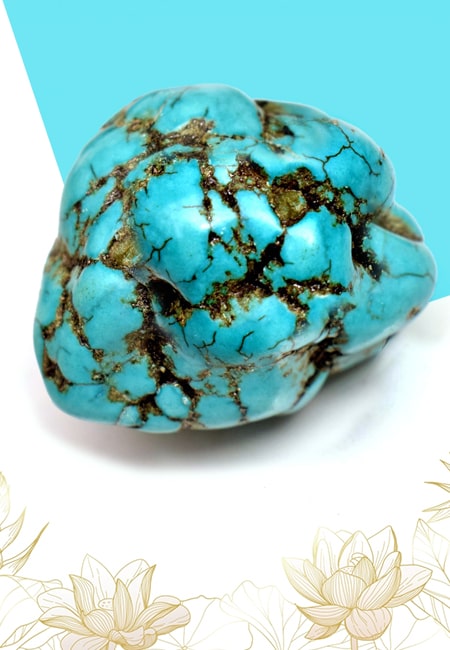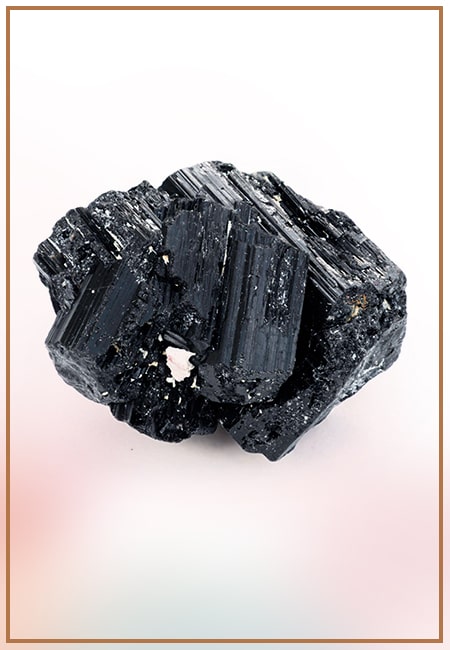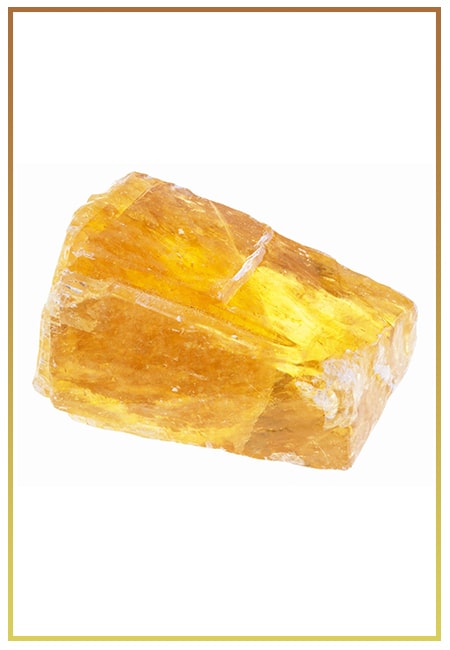- Written By Team DWS
- Festivals
- October 14, 2024
Understanding the Significance of Maharishi Valmiki Jayanti in Modern India
The celebration of Maharishi Valmiki Jayanti is a special occasion that resonates deeply within the hearts and minds of millions across India. Valmiki, revered as the author of the epic Ramayana, is not only a significant literary figure but also an emblem of social reform, morality, and spirituality. His life and teachings continue to inspire contemporary society, making Maharishi Valmiki Jayanti an important day to reflect on his contributions and the broader implications for modern India.
Who Was Maharishi Valmiki?
Maharishi Valmiki is often referred to as the "Adi Kavi," or the first poet, in Sanskrit literature. His seminal work, the Ramayana, is not just a text of cultural significance but also a spiritual guide that addresses the complexities of dharma (righteousness), ethics, and human relationships. It imparts lessons about devotion, virtue, and the triumph of good over evil. Valmiki's transformation from a dacoit into a sage illustrates the power of redemption and personal transformation, making his life a compelling narrative of hope.

The Relevance of Valmiki’s Teachings Today
In the modern context, where individuality often clashes with societal expectations, Maharishi Valmiki's teachings serve as a beacon of wisdom. The core values of compassion, tolerance, and ethical conduct highlighted in the Ramayana are particularly relevant today as we navigate challenges in personal relationships, community living, and national unity.
Valmiki's emphasis on righteousness invites individuals to engage in self-reflection and personal development. In today's fast-paced world, where materialism and instant gratification often take precedence over moral virtues, the teachings of Valmiki remind us of the importance of character, humility, and the pursuit of knowledge. They encourage us to cultivate empathy, not just for our nearest and dearest, but for the larger community and environment around us.
Maharishi Valmiki Jayanti: A Day of Reverence and Reflection
Maharishi Valmiki Jayanti is observed on the full moon day in the Hindu month of Ashwin, generally falling in October or November. The day is celebrated across India, particularly in states like Punjab, Haryana, and Uttar Pradesh, where Valmiki's influence is prominently felt. Celebrations often include recitations of the Ramayana, organized processions, and community gatherings where discussions about Valmiki's teachings take place.
This day serves as an important cultural reminder of the significance of storytelling and poetry in fostering a sense of community. Just as Valmiki used his literary prowess to convey moral lessons, contemporary Indian society can take inspiration from artistic expression as a medium for social change. Whether through literature, music, or visual arts, the spirit of Valmiki's storytelling can be translated into various forms that address today’s challenges.
Valmiki's Legacy in Promoting Social Unity
Another layer of significance to Maharishi Valmiki Jayanti is its role in promoting social unity and equality. Valmiki emerged from the marginalized community during his time, and his life exemplifies the idea that anyone, regardless of their background, can achieve greatness through knowledge and virtue.
In a time where social inequities still persist—be it in terms of caste, gender, or economic disparity—Valmiki’s legacy serves as a potent reminder that inclusiveness and acceptance form the bedrock of a healthy society. The festival encourages individuals to honor diversity while promoting compassion and communal harmony. Activities organized on this day often focus on uplifting marginalized voices, fostering an environment where everyone has the opportunity to contribute meaningfully to society.
Conclusion: A Call to Action
Maharishi Valmiki Jayanti is not just a day of remembrance; it is a call to action. It encourages individuals to embody the values embodied in Valmiki’s works—tolerance, selflessness, and the pursuit of knowledge. In a world increasingly fraught with divisions and hostilities, Valmiki’s teachings promote dialogue, understanding, and coexistence.
Celebrating this day provides a platform for individuals and communities to engage in discussions about ethics, literature, and social justice. It empowers us to recommit ourselves to the principles of compassion and righteousness, thereby fostering a society that aligns with Valmiki's vision of a peaceful, equitable world.
As we commemorate Maharishi Valmiki Jayanti, let us delve deeper into his teachings, sharing them with future generations and applying them in our everyday lives. The legacy of Valmiki is not confined to the pages of the Ramayana; it is alive in our actions, our choices, and our shared humanity.

Maharishi Valmiki Jayanti FAQs: Your Questions Answered
Here are some frequently asked questions (FAQs) about Maharishi Valmiki Jayanti:
Q1: What is Maharishi Valmiki Jayanti?
A1: Maharishi Valmiki Jayanti is a festival that celebrates the birth of Maharishi Valmiki, an ancient Indian sage and the author of the epic Ramayana. The festival is observed by Hindus to honor his contributions to literature and spirituality.
Q2: When is Maharishi Valmiki Jayanti celebrated?
A2: Maharishi Valmiki Jayanti is celebrated on the full moon day (Purnima) of the month of Ashwin in the Hindu lunar calendar. The date varies each year, typically falling between September and October.
Q3: What is the significance of Maharishi Valmiki?
A3: Maharishi Valmiki holds a significant place in Hindu mythology as the author of the Ramayana, which tells the story of Lord Rama. He is often referred to as the "Adi Kavi" (first poet) for his contributions to Sanskrit literature and poetry.
Q4: How is Maharishi Valmiki Jayanti observed?
A4: Observances typically include prayer, recitations of the Ramayana, special worship rituals at temples, and cultural programs that showcase the teachings and life of Maharishi Valmiki. Many people also engage in charitable activities and community service.
Q5: Are there any specific rituals associated with the celebration?
A5: Common rituals include performing aarti (light offering), singing devotional songs, and reading passages from the Ramayana. Devotees may also offer flowers, sweets, and fruits at the feet of Maharishi Valmiki's idols or portraits.
Q6: What can we learn from Maharishi Valmiki's life?
A6: Maharishi Valmiki's life is a testament to transformation and redemption. He is revered for his journey from a life of a highway robber to a respected sage and poet, exemplifying the ideals of self-improvement, devotion, and humility.
Q7: Is Maharishi Valmiki Jayanti celebrated in all parts of India?
A7: Yes, Maharishi Valmiki Jayanti is celebrated across India, especially in states with a significant population of Valmiki followers, such as Punjab, Haryana, Uttar Pradesh, and Himachal Pradesh. The scale of celebrations may vary by region.
Q8: What role did Maharishi Valmiki play in Indian culture?
A8: As the author of the Ramayana, Maharishi Valmiki has had a profound influence on Indian culture, philosophy, and spirituality. His works have shaped the moral and ethical framework of many generations and inspired countless adaptations in various art forms.
Q9: Are there any popular legends associated with Maharishi Valmiki?
A9: One popular legend recounts how Maharishi Valmiki composed the Ramayana after witnessing the sorrow of a grieving bird whose mate was killed. This inspired him to write about righteousness, love, and duty.
Q10: Can anyone participate in the celebrations?
A10: Yes, Maharishi Valmiki Jayanti celebrations are open to everyone, irrespective of caste or community. It is a time for reflection on values of respect, love, and devotion that Maharishi Valmiki espoused.
Feel free to ask if you have more questions or need additional information!










